This is what a Shinkansen really looks like!
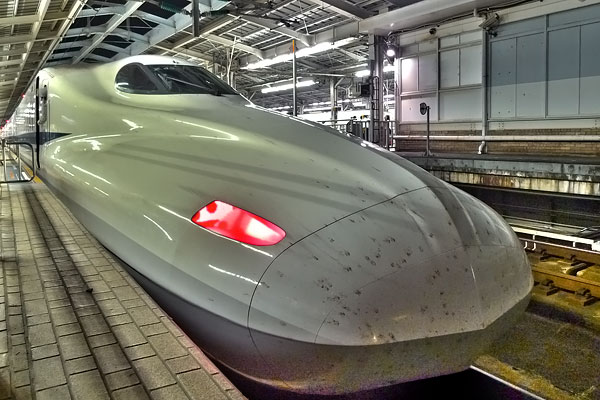
Bugs splattered across the elongated nose from high speed smashes. The top is usually very dirty, I’m guessing all the smog and dirty which gets pushed around the nose collects along the top. You’ll also find a very smartly dressed crew, wearing what look like beige pilot suits.
This article will give you some information on the Shinkansen, and how to use them to travel Japan.
The first ever Japan Travel Mate video has been created for this article. Check out this high definition video from my summer trips on the shinkansen.
The Shinkansen has a rich history in Japan. The English term “bullet train” comes from the direct translation of the project to originally build the Shinkansen, way back in the 1930s. The Tokaido line, which runs from Tokyo to Osaka, was the first Shinkansen route and started operation in 1964. Since then, it has been almost non-stop expanding, up to this year when the latest E5 Hayabusa was launched and the MagLev line (also to run between Tokyo and Osaka) was approved for construction.
Checking Shinkansen Timetables
Use Hyperdia to check Shinkansen trip times and timetables, it is a website in English which you can use to check not just the Shinkansen, but also local trains and buses of JR and other private transport providers.
One Pass for Unlimited Shinkansen Travel:
The Japan Rail Pass
For the best value travel on the bullet train, make sure you get a Japan Rail Pass (JR Pass). The pass gives you unlimited travel on Japan Rail’s bullet trains as well as normal trains, subway and buses. You save lots of money – a 7 day pass costs about the same as a return trip from Tokyo to Osaka.
You cannot buy a JR Pass in Japan! You have to be on a tourist visa and purchase the pass before you arrive in Japan.
Types of Shinkansen
A common misconception is that the names of the service (e.g. Nozomi, Hikari, Kodama) is the name of the train itself. While it can be a good guide, these are actually the names of the service and it tells you how express it is (from fast to local).
Here are some photos I’ve taken of the different types of bullet trains.
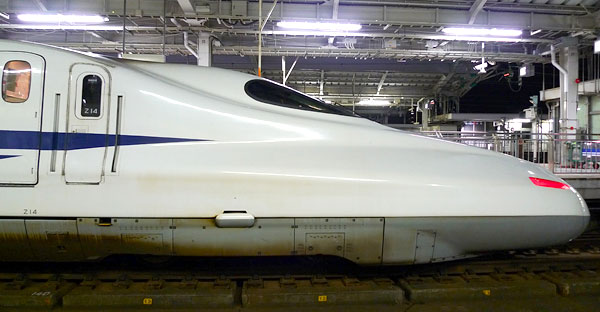
The series N700 is the second newest Shinkansen operating in Japan. The newest, E5 on the Hayabusa service is super cool, view some E5 pictures and a link to some HD videos. A new red E6 has already been built and will be launched around 2013.

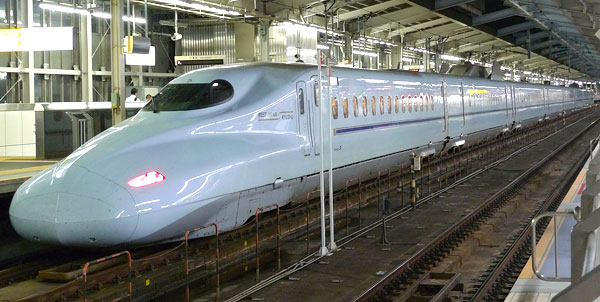

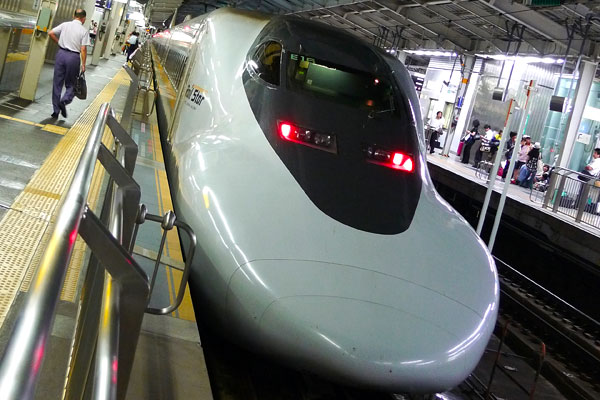
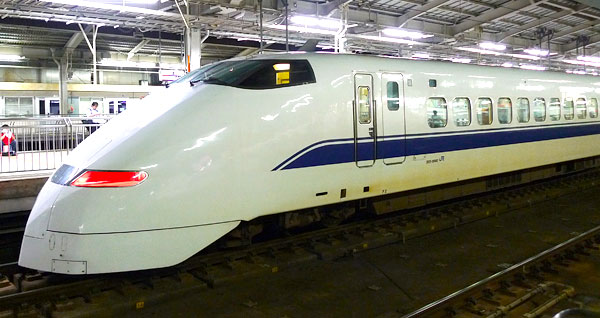
The different bullet train services
There are a few key things which characterise the different services:
- How many stops it makes and how long it takes: for example, a Nozomi (the fastest with least stops, first in the photo below) from Osaka to Tokyo will stop make 3 stops before it gets to Shinagawa in Tokyo. The Kodama will make 14 stops on the same route. Hence, the more stops, the longer the journey.
- The type of train: usually the series N700 is used on the Nozomi and Hikari services. The Kodama service may use a series 700, 500 or 300 train.
- The number of train carriages: Nozomi services will always have 16 cars. See the image below for more info.
- The price: the Nozomi from Osaka to Tokyo will cost about 14,000 Yen, Hikari services are about 200 Yen cheaper, the Kodama another 200 Yen cheaper.
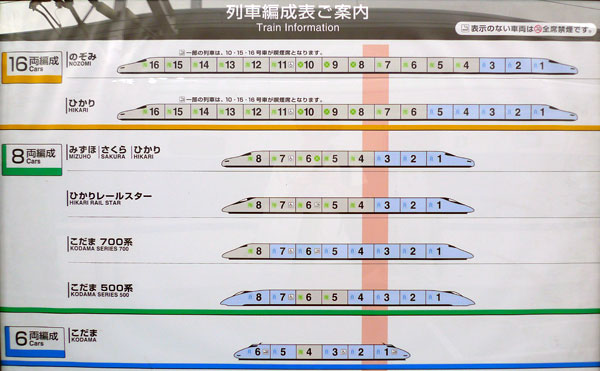
Buying a bullet train ticket
If you are travelling Japan using a JR Pass, you can ignore this section.
Which Shinkansen service should I use?
When buying a ticket, you need to decide what service you want to use. Nozomi, Hikari and Kodama are the most popular services. During peak times (Friday night through to Sunday night) and holidays, the Nozomi service can become booked out very quickly because it is the fastest service and it’s only around 200 yen more than the other services.
The Hikari and Kodama services do take longer but are a good option to choose if you are travelling in peak time.
Where to buy a shinkansen ticket in Japan
You can buy a ticket from any JR station, up to 30 days in advanced. It’s pretty clear when you are at the station where to buy them, if you are unsure just find an information booth or ask a staff member. Saying something like “shinkansen no kippu wa doke de kae masu ka?”, to ask “where can I buy a Shinkansen ticket?”.
When you buy your ticket, you may receive either one or two tickets (like the one in the photo below). You’ll usually receive one if you booked a ticket from one Shinkansen station direct to another. However, you can book tickets to and from any JR station. For example, when I travelled from Osaka to Nagoya, my trip was actually a local JR train from JR Osaka station to Shin-Osaka station and then the Shinkansen to Nagoya. In these cases, put both your tickets in the gate machines as you enter the terminal.
Unfortunately, you can’t buy tickets online.
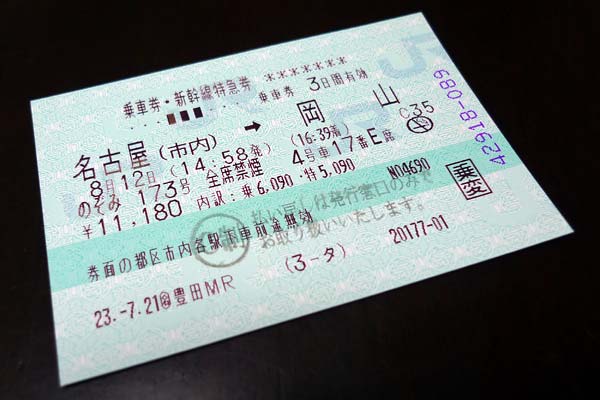
Where to buy a shinkansen ticket outside Japan
The best place to buy a Shinkansen ticket outside Japan is at a JTB travel agency.
Arriving at the station
The station where your bullet train departs from will have both Shinkansen and local train lines. Make your way to the shinkansen area, and put your tickets in the gate. If you have a JR Pass, just go to the window and show one of the gate attendants.
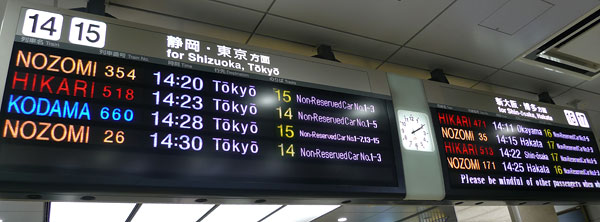
After passing through the gates you’ll need to find your platform. At most stations I’ve been to, there are 2 lines on the one platform and both lines head in the same direction. Check the board, like the one above. The easiest way is to look for your train number. However, as the boards only show the next 4 or so trains, you may need to just check in which direction the train is headed.
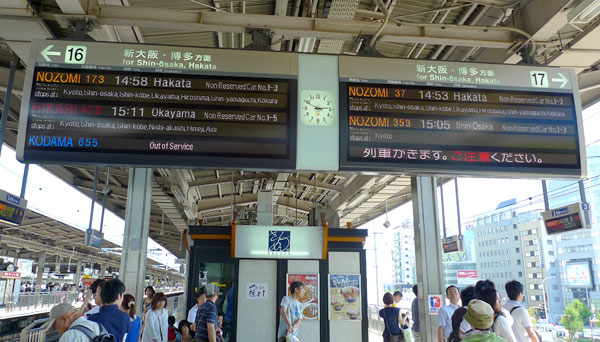
Platforms will always have another departure times board where you can check your train.
Just like everywhere else in Japan, you’ll find vending machines and convenience stores on the platform. The shops are basically mini-convenience stores, but they have just about everything the larger versions does, such as bentos, alcohol and snacks.
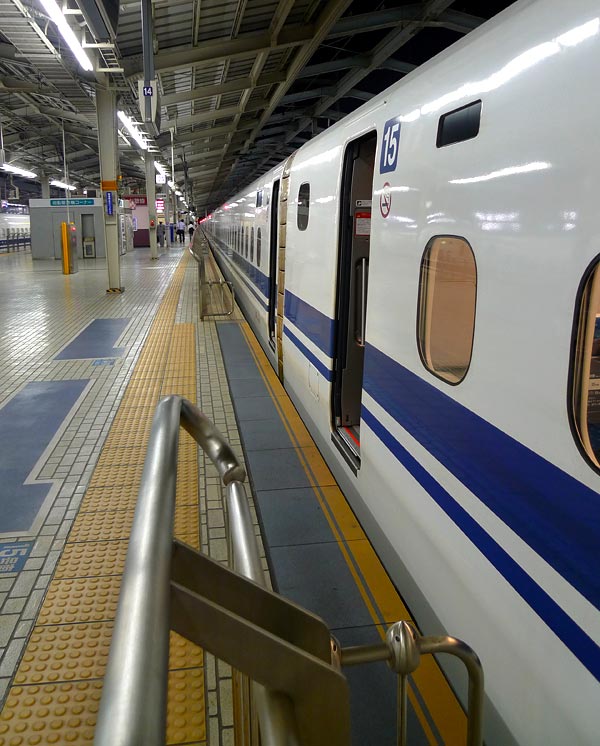
The bullet trains are usually really long. The N700’s cars are each about 25 metres long, and there is 16 of them! So before your train arrives, make your way to the waiting are for your car on the platform. In the picture above you can see the open door of the 15th car. On the platform on the white tiles, is a blue area with the number 15 next to it. People will stand in an orderly manner arranged in the shape of this waiting area, and quickly board when the train arrives. The train usually stops at the platform for between 1-2 minutes, so be prompt!
On-board the shinkansen
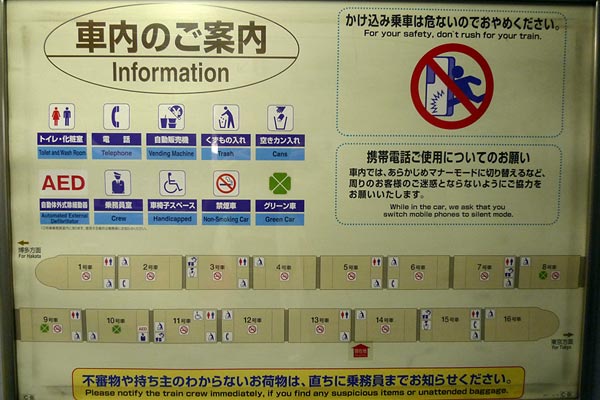
The above photo is the layout of an N700 Nozomi service.
Inside the bullet train, it feels like you are on a jet. There are however some great differences: you get much more leg room; the seats recline more; there isn’t so much noise from the outside. Usually there are 5 seats to a row.
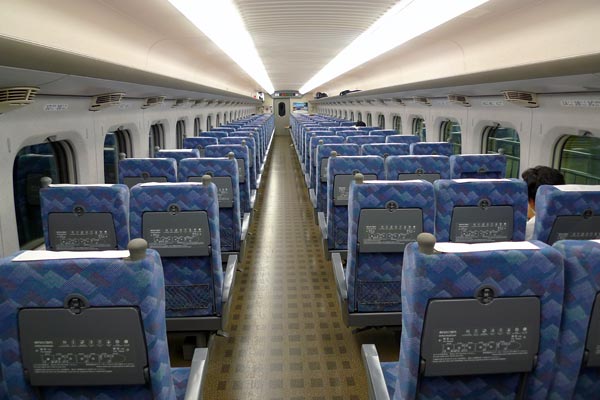
Within 1 car there are toilets, and there are also vending machines and phones throughout the train.
The vending machines I’ve seen are really limited, you get a better selection from the trolley cart that is regularly wheeled around where you can buy food, snacks, drinks and alcohol.
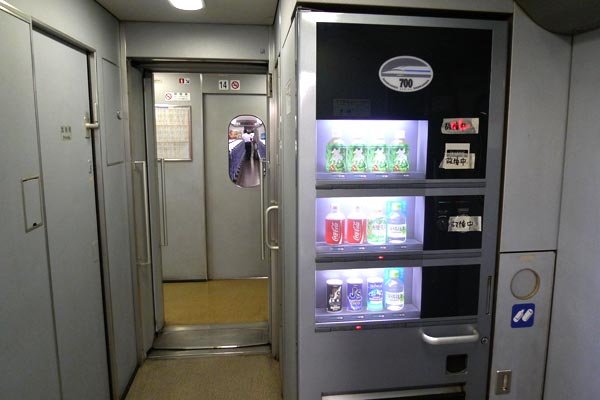
This article is part of my summer holiday of 2011 in Japan post series.
Don’t forget your JR Pass!
The first bit of advice I give to anyone traveling Japan is… get a JR Pass! The savings are huge and you don’t need to try and work out the Japanese ticket machines. A return trip from Tokyo to Kyoto is about the same prices as a 7 day JR Pass – but on the JR Pass, you have unlimited pre-payed travel.

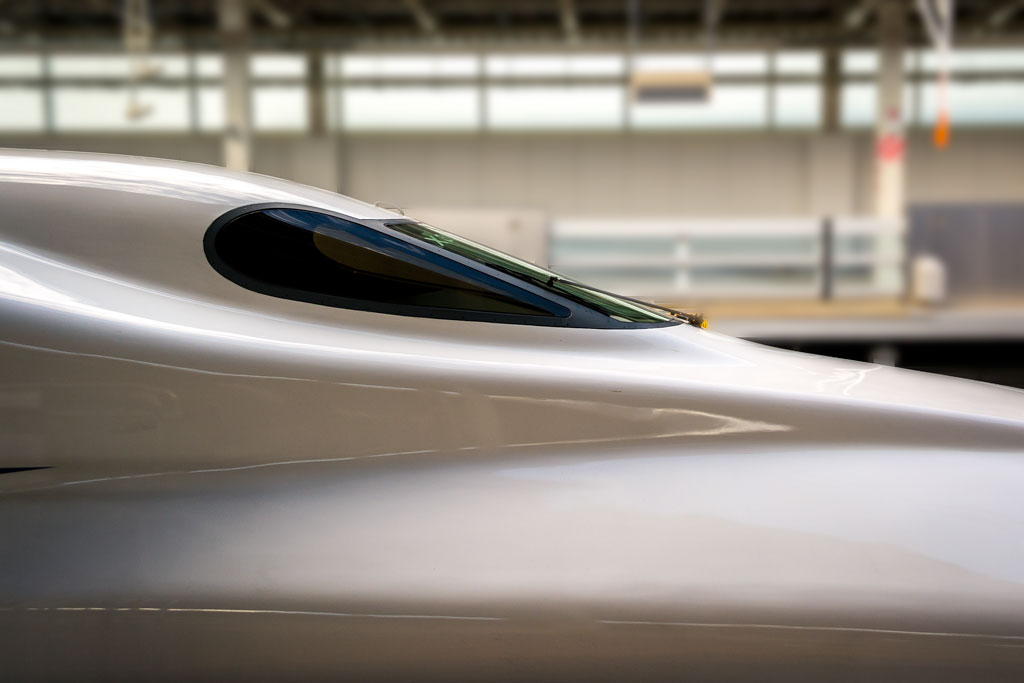
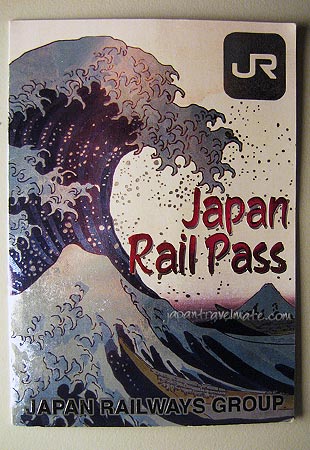
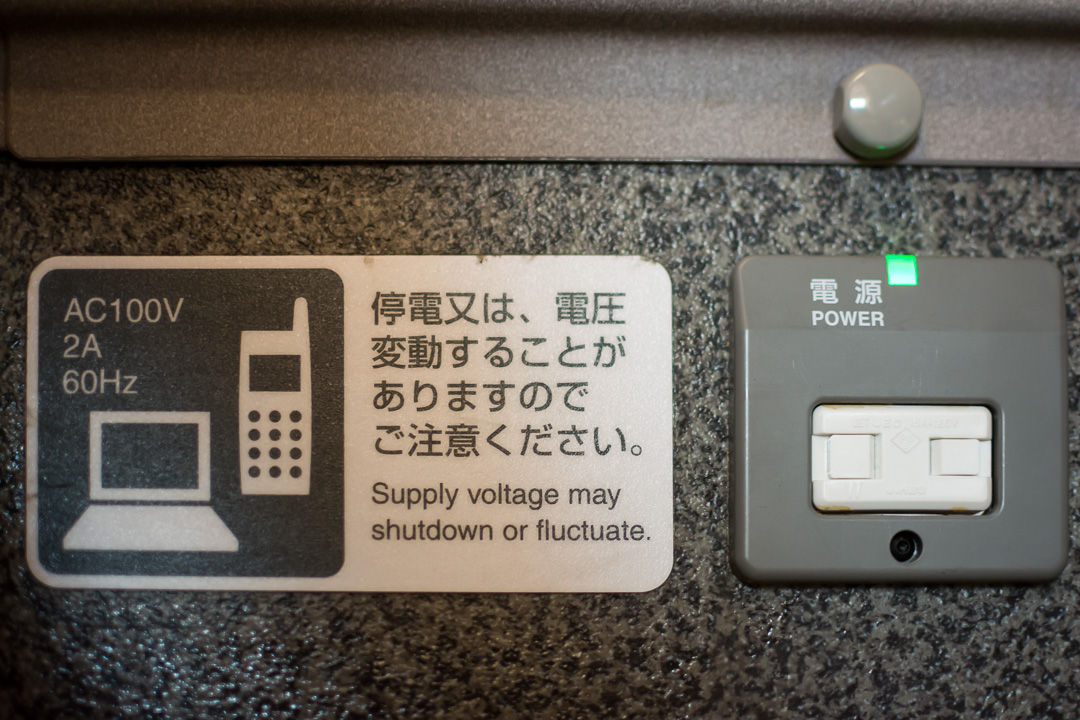
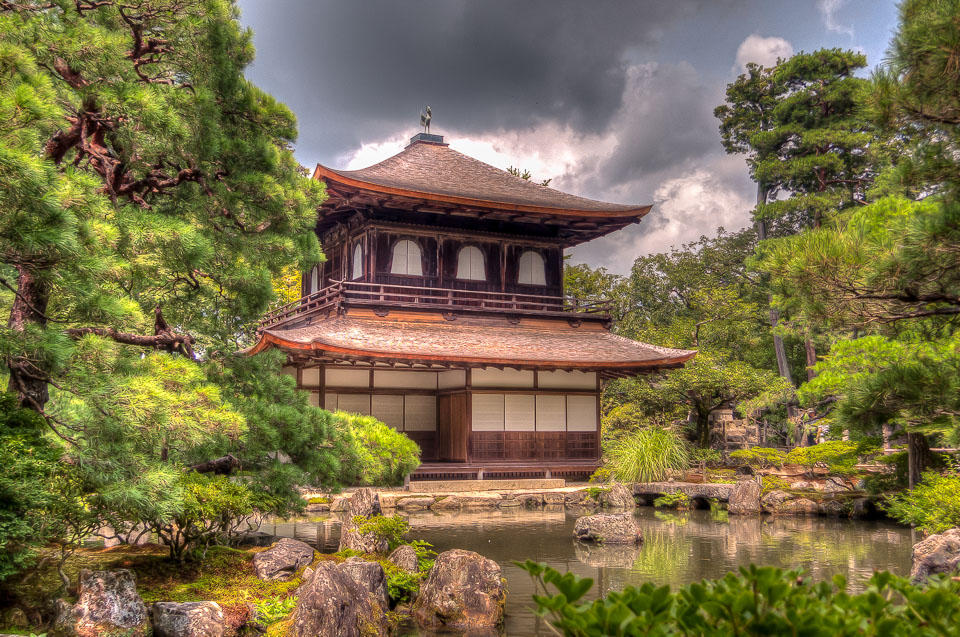

Some really useful information on Shinkansen travel in Japan. If you plan to do a lot of travelling in Japan as a tourist I would recommend the Japan Rail Pass, which allows unlimited travel on almost all JR trains, including the shinkansen, for a fixed period of 7, 14 or 21 days (excluding the Nozomi superexpress). This pass can only be purchased outside of Japan.
Yeah if you are doing a lot of travelling, it is REALLY worth it. To figure out if a JR Pass would be worth it or not for you, use Hypermedia’s website (the link is under Checking Shinkansen timetables, toward the top of this article) to figure out how much your planned trips might cost, and compare it to the cost of a JR Pass.
Love shinkansen. It’s one of the most amazing things in this amazing country.
Great info about the Shinkansen. I don`t get to ride it nearly enough. And if anyone has a love of trains in general, the Train Museum in Saitama (just next to Tokyo) is the place to go. It`s got everything from the first train that ever ran in Japan up to the Shinkansens right there.
Bit of a shinkansen-otaku myself and found the SCMaglev and Railway Park in Nagoya. It’s got the MagLev and basically a full history of trains and shinkansen in Japan.